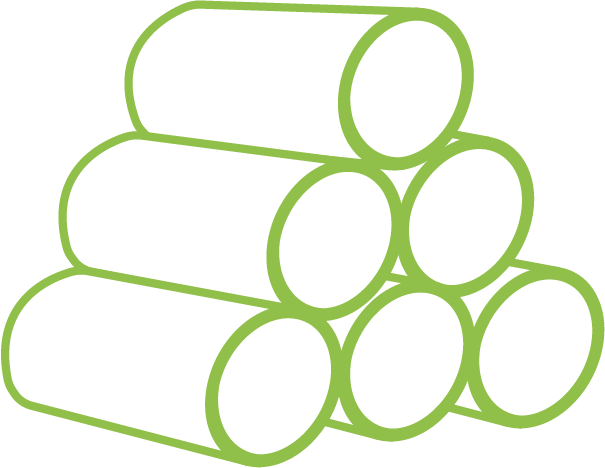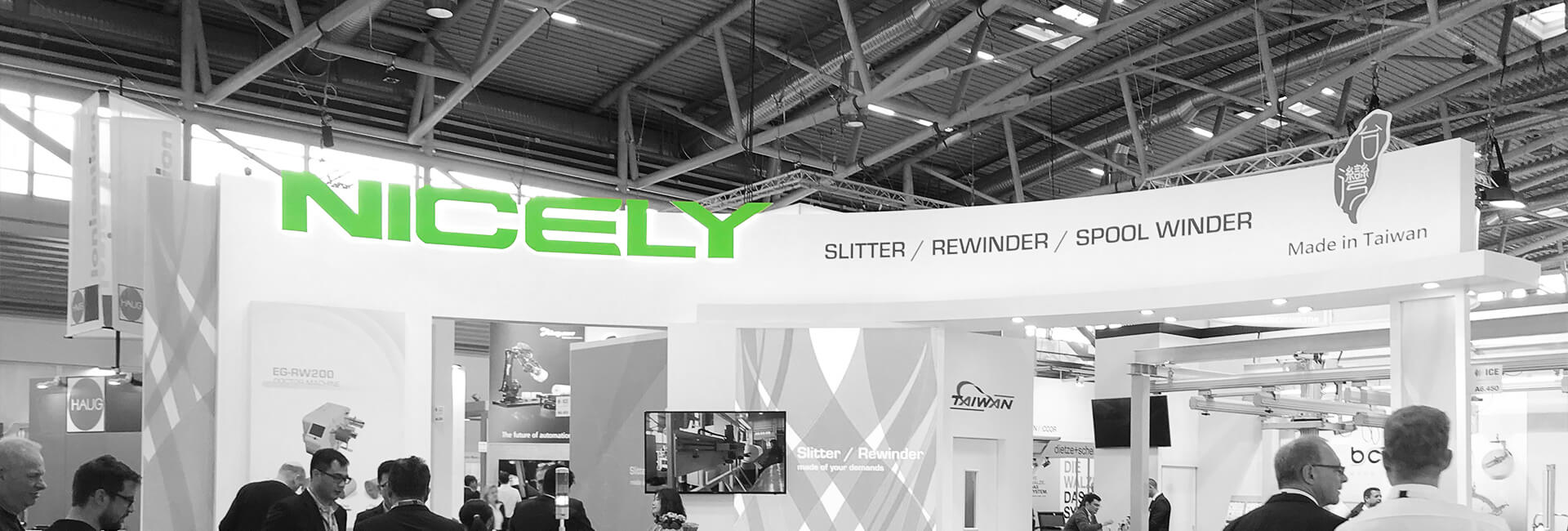Film Producer Upgrade Trends: Shifting from New Purchases to Upgrades of Existing Machinery
Customer Care 2024-09-26Current Market Situation in the Film Industry
In recent years, the global film manufacturing industry has faced multiple challenges, including price competition and market saturation. Many companies have had to innovate with high-value-added film products to maintain resilience and avoid falling into the trap of price wars. The film industry covers a wide range of products, from plastic films used in packaging to advanced functional films used in display technologies. Optical films have gained significant attention for their superior optical performance, being widely applied in high-end displays and smartphones with better profit.
However, optical films impose high requirements on the precision and stability of production equipment. Apart from precise slitting control, the slitting process must avoid defects like burrs, edge imperfections, and no tolerance on surface damage. These slitting quality requirements directly impact the optical performance and appearance of the final product, representing a major challenge and barrier for manufacturers in the tech panel industry. The quality of the film manufacturing process not only affects the product but also directly determines a company's market competitiveness.

Enhancing Competitiveness: Not Necessarily with New Equipment
Amid growing global economic uncertainties, many film manufacturers are realizing that the costs of investing in brand-new equipment are prohibitively high. This is especially true with the fluctuating demand in plastic-related industries, making large-scale capital investments risky. As a result, equipment upgrades and production capacity optimization are becoming increasingly viable alternatives to improve productivity and product quality. This trend is particularly noticeable in the film manufacturing equipment sector, where automation solutions are being integrated to drive efficiency.
How Slitting Machine Manufacturers Add Value for Their Customers
Between 2020 and 2024, the global economy was heavily impacted by pandemics, wars, and material shortages. These challenges led many companies to reassess the long-term value of equipment upgrades, especially as they prepared for a swift recovery once the market began to stabilize. During this period, Nicely Machinery handled more than 70 equipment upgrade projects. These upgrades spanned automation enhancements, control system optimizations, and more. Here are a few notable cases:
- Automation Enhancements: Systems like automatic web threading, automatic knife positioning, automatic laser placement, and automatic unloading helped companies reduce downtime and increase production efficiency by over 30%.
- Control System Upgrades: Modifications to software, replacement of electrical components, upgrades to drive systems, and pneumatic and hydraulic system updates improved energy efficiency by 10%–40%.
- Precision Improvements: Specific to the requirements of optical films, Nicely improved slitting precision, reducing issues such as burrs and cutting cleanness. The optimized design also minimized surface damage.
- Additional Features: Added simple lamination functions, stand-a-long trim waste winders , and relevant changes for additional production spec, with customized PLC and HMI interface modifications.
- Changes to Structure and Material Specifications: Upgrades were made to accommodate larger reel diameters, increased roll widths, and faster running speeds to meet expanded production needs.
- Safety Standard Enhancements: Installation of local sensing devices, safety fences, and emergency stop switches, with adjustments to mechanical and electrical controls to comply with local regulations, improving operational safety.
- Regular Maintenance and Servicing: Nicely provides equipment maintenance training and periodic maintenance contracts to ensure machines maintain optimal performance and enhance operational safety, reducing concerns related to staff turnover.

Upgrades Beyond the Original Manufacturer
It’s important to note that while many companies initially turn to the original equipment manufacturers for upgrades, this strategy often proves unfeasible for older machinery. Upgrading outdated equipment typically requires more detailed assessments and professional evaluations, which many original manufacturers may hesitate to perform due to the risks associated with aging equipment. As components wear out or become discontinued in the market, third-party manufacturers like Nicely Machinery, with expertise in industrial automation and system upgrades, offer customized upgrade solutions. In contrast, original manufacturers might suggest replacing the equipment entirely.

Nicely’s Expertise in Equipment Upgrades
As the market grows more competitive, companies are increasingly focusing on controlling long-term operational costs. Equipment upgrades not only represent a cost-effective alternative to new purchases, but also offer a flexible strategy for responding to market fluctuations. This trend is expected to continue growing in the coming years, with more companies adopting the "upgrade rather than replace" approach to maintain competitiveness.
Overall, equipment upgrades are emerging as a global trend in the film industry. Especially in situations where capital expenditures are limited, upgrading existing machinery has become the preferred choice for many companies. This trend not only helps reduce short-term expenses, but also enhances the sustainability and productivity of equipment, strengthening a company’s long-term market competitiveness and sustainability efforts.



